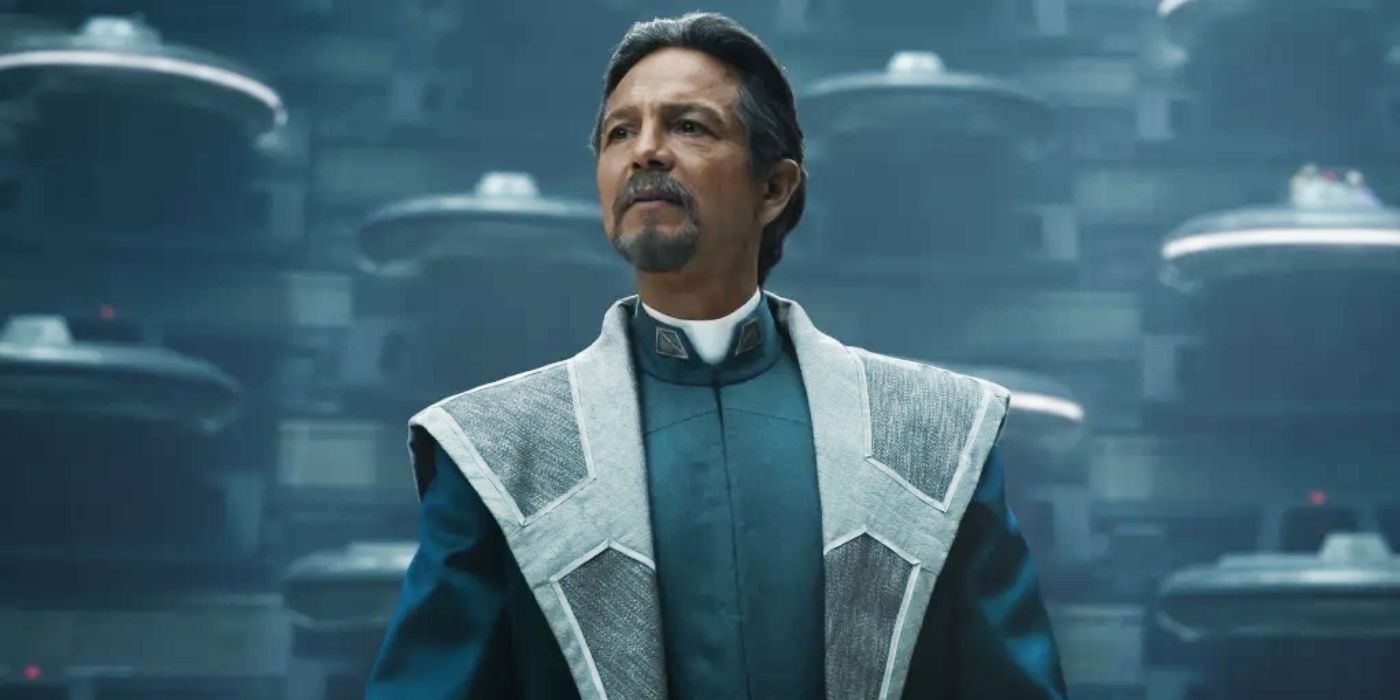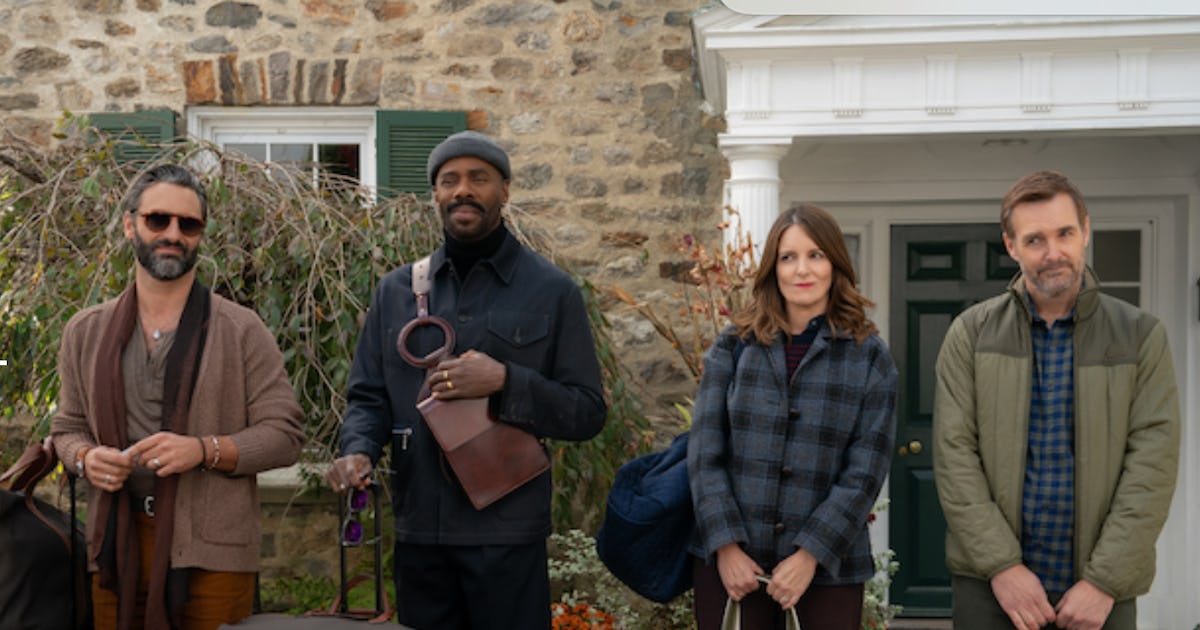The series finale of Andor is bittersweet, both because it marks the end of a fantastic Star Wars series and due to its narrative substance. The show is, arguably, the least “hopeful” of the stories told in this universe, though it does manage to end on an upbeat note. As series creator
The first season of the show painstakingly detailed why Cassian Andor joined the rebellion. One of the final scenes reveals why his sacrifice was “worth it,” while also providing insight into Bix Caleen’s departure. She appears to be back on Mina-Rau, the planet from the Season 2 premiere, and she’s seen holding a baby. While not made explicit, the series strongly implies this is Cassian’s child. He never knew he was a father, yet he made the universe better for his family by kickstarting the chain of events that brought down the Empire. While fans may find this moment controversial or, at least, tacked-on, it’s as perfect as it is tragic. Star Wars is ultimately a story about hope, and there is nothing more hopeful than the potential of the next generation to build on the good works their parents did. Those fans who like the connective tissue in this universe can be certain: Cassian’s and Bix’s child was in one of those many ships fighting the First Order on Exegol. However, beyond this beat, the three episodes in Andor’s Season 2 finale present “the Dark Times” at their most bleak.
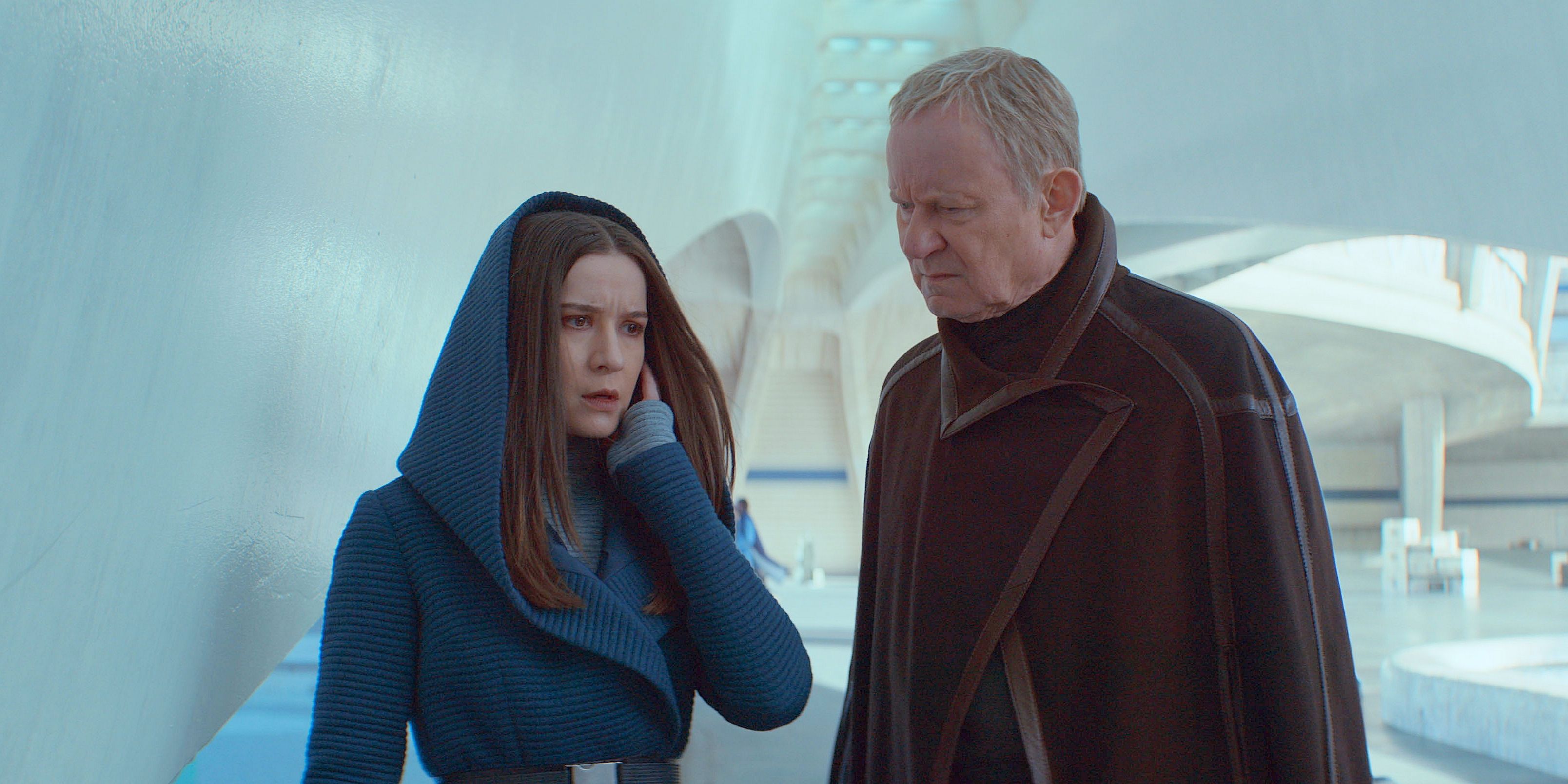
Despite being antithetical to George Lucas’s philosophy of the Force, Luthen Rael is everything “Gray Jedi” fans wanted. The first of this final trio of episodes reveals his origin. Most parents would tell their children to let go of their anger and hatred. He tells her to “bank that” feeling until they are “ready” to “fight to win.” After watching an Imperial execution, he tells her they “win by losing.” Each loss fuels their anger and hatred of the Empire, which they use to strike at them more directly.
| Tom Bissell | Alonso Ruizpalacios | May 13, 2025 |
Season 1’s iconic monologue effectively spoiled Luthen Rael’s ultimate fate. The ISB agent he gave that speech to tells him about the Death Star, saying he’s “burned” with the Empire. Most Star Wars heroes would try to rescue him and his family, rewarding his bravery. Luthen, of course, kills him. He also seems to know the Empire is coming for him, telling Kleya to handle other business while he destroys evidence at the shop. Met there by Dedra Meero, he tries to take his own life rather than risk interrogation. The most tragic part of his story is that his attempt to spare Kleya from capture forced her to infiltrate a hospital to finish the job Luthen started, ending his life. In his speech, Luthen said he sacrificed “everything” to foment the rebellion. Viewers see Kleya sacrificed even more.
The only downside to Season 2 is Andor’s time jumps. While Gilroy is likely right that five seasons of 12 episodes would have been an impossible task, some stories feel rushed. The history shared by Luthen and Kleya deserved more time than a handful of scenes. Still, what viewers get is enough to make the rest of a very busy episode hurt even more. Her infiltration of the hospital is rife with tension, but her kissing Luthen’s forehead after “pulling the plug” stings more than her capture would have.
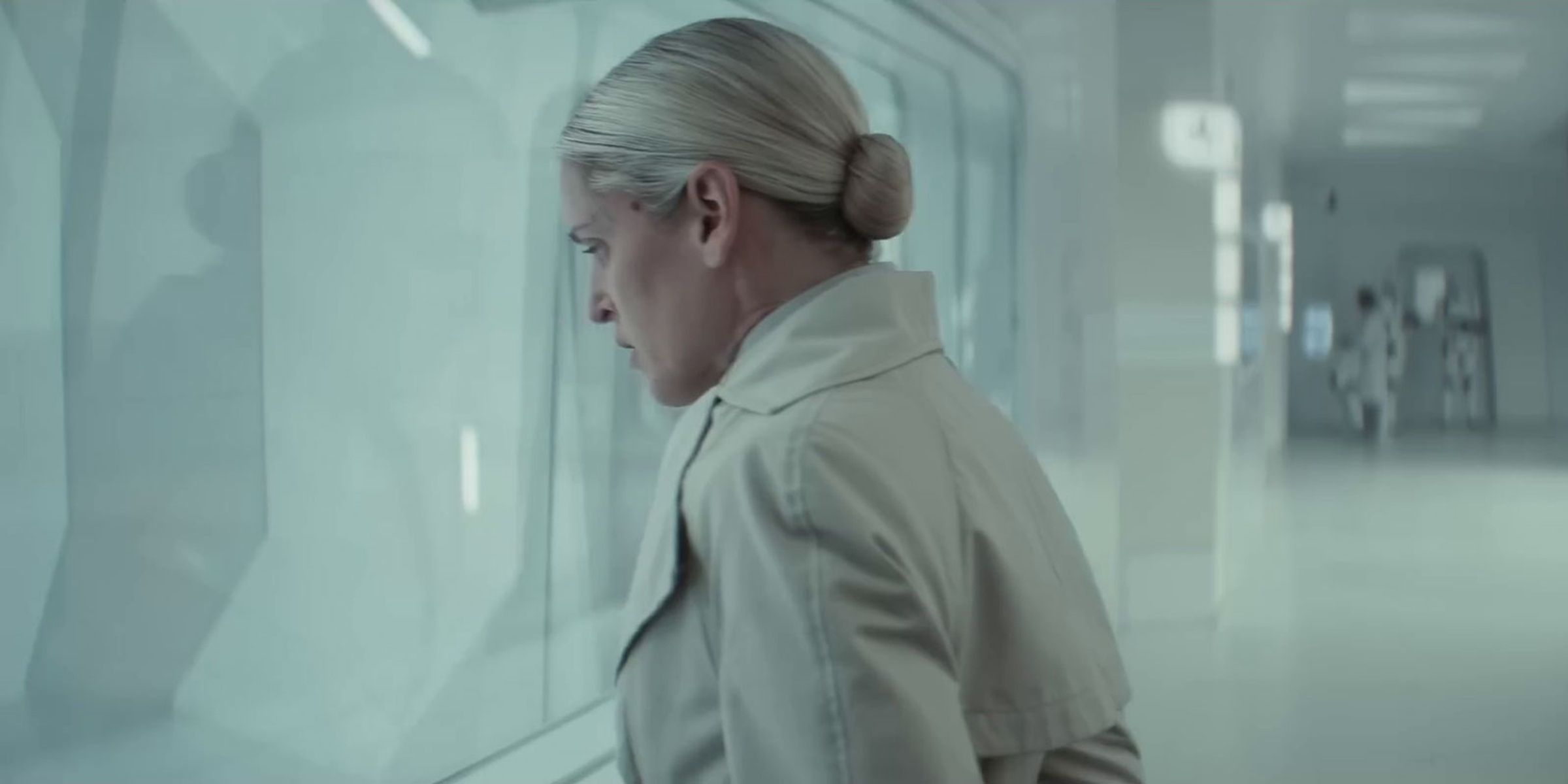
In the Andor Season 2 premiere episodes, Dedra Meero impressed Director Krennic with her plan to justify the genocide of the Ghorman people. Despite her dedicated service to the Empire, Krennic all but tortures her when he discovers she knows about the Death Star. Her relentless pursuit of Luthen led to her “scavenging” intelligence she wasn’t authorized to see. Rather than recognize her initiative, the Empire punishes her for this. She ends the series in the same prison where Cassian Andor and Kino Loy staged their infamous escape. These final Andor episodes detail numerous Imperial failures, while subtly showing how some officers suffer blame and others, like Krennic or the ISB leadership, avoid it.
Her superior, Lio Partagaz seems to know about the Death Star project, because he scolds Krennic for not being “ready.” The Imperial Director tells him he can’t “protect” Partagaz from fallout. Further hurting his chances, his widespread search for Kleya meant the unit trying to capture her, Cassian, and Melshi had no reinforcements. This mismanagement seals his fate. The Emperor or Darth Vader do not appear in the series because their brand of evil is the subject of the films and other series like Obi-Wan Kenobi. Rather than suffer the indignity Dedra faces, Partagaz takes his own life. In both cases, no one in the ranks of the ISB even cares. It’s the passive, human version of Vader choking out those officers who displease him.
Their fate is partly born from the cowardice of their leaders and the air of distrust professional liars like those in the ISB face. Despite the effort to erase Nemik’s manifesto from history, the rebel rallying cry “just keeps spreading.” Once marked with the stain of failure, even the most loyal soldiers in a fascist regime are cast away lest the blame for their actions taint their subordinates or superiors.
It’s a shame K2-SO is in so few Andor episodes, because the reprogrammed Imperial droid is the only source of levity in the finale. He’s just as fans remember from Rogue One, from his banter with Cassian to his powerful displays of strength fighting the Imperials. Cassian, Melshi and Kleya were as good as dead if not for his intervention. The series arguably could have used a bit more lightness, but it’s well-allied in the series finale. The scenes without K2-SO are dour. The Rebel Alliance is close to their first and arguably most important victory. Yet, Andor reveals that before this was when the fledgling freedom fighters were most without hope.
From his paranoia to his respiratory condition in Rogue One, Saw Gerrera nears his inevitable end. He fights with Mon Mothma, suggesting her Alliance is both weak and more concerned with killing him than Imperials. ahead of them. This actually bolsters a similar theme in Star Wars: Rebels, though the Alliance did show up for Lothal in that finale.
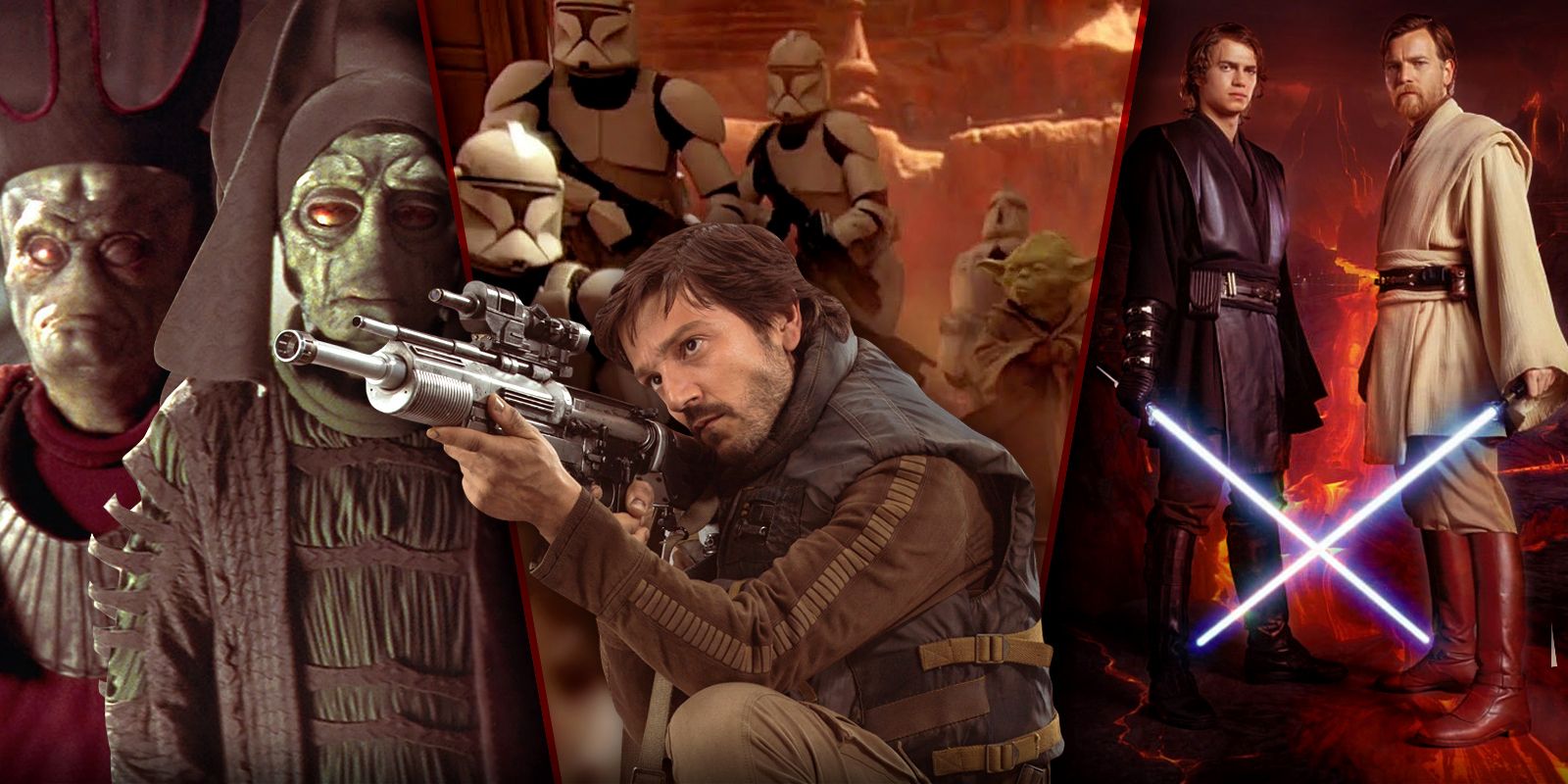
Related
Andor's Success Is the Ultimate 'Rehabilitation' of the Star Wars Prequel Trilogy
The success of Andor and its explicitly political story ultimately "rehabilitates" the Star Wars prequel trilogy and criticism of its politics.
The various rebels exist in a state of misalignment so close to the Battle of Yavin, and this is part of the larger tragedy in Andor. Saw, Luthen, Kleya, Mon Mothma, Bail Organa and the countless other rebels all suffered and sacrificed leading up to this moment. Unaware of how Luthen’s death and Kleya’s escape cause their enemy to panic and unravel, they seem more frightened than ever. Even their victories, such as the Battle of Lothal or the formation of the Alliance itself, are losses. The series casts a different light on Rogue One, better explaining why they were more eager to kill Galen Erso than attack Scarif and secure the Death Star plans. Taken together, these stories also make it more evident why Luke Skywalker and his friends’ arrival gave the galaxy “a new hope.”
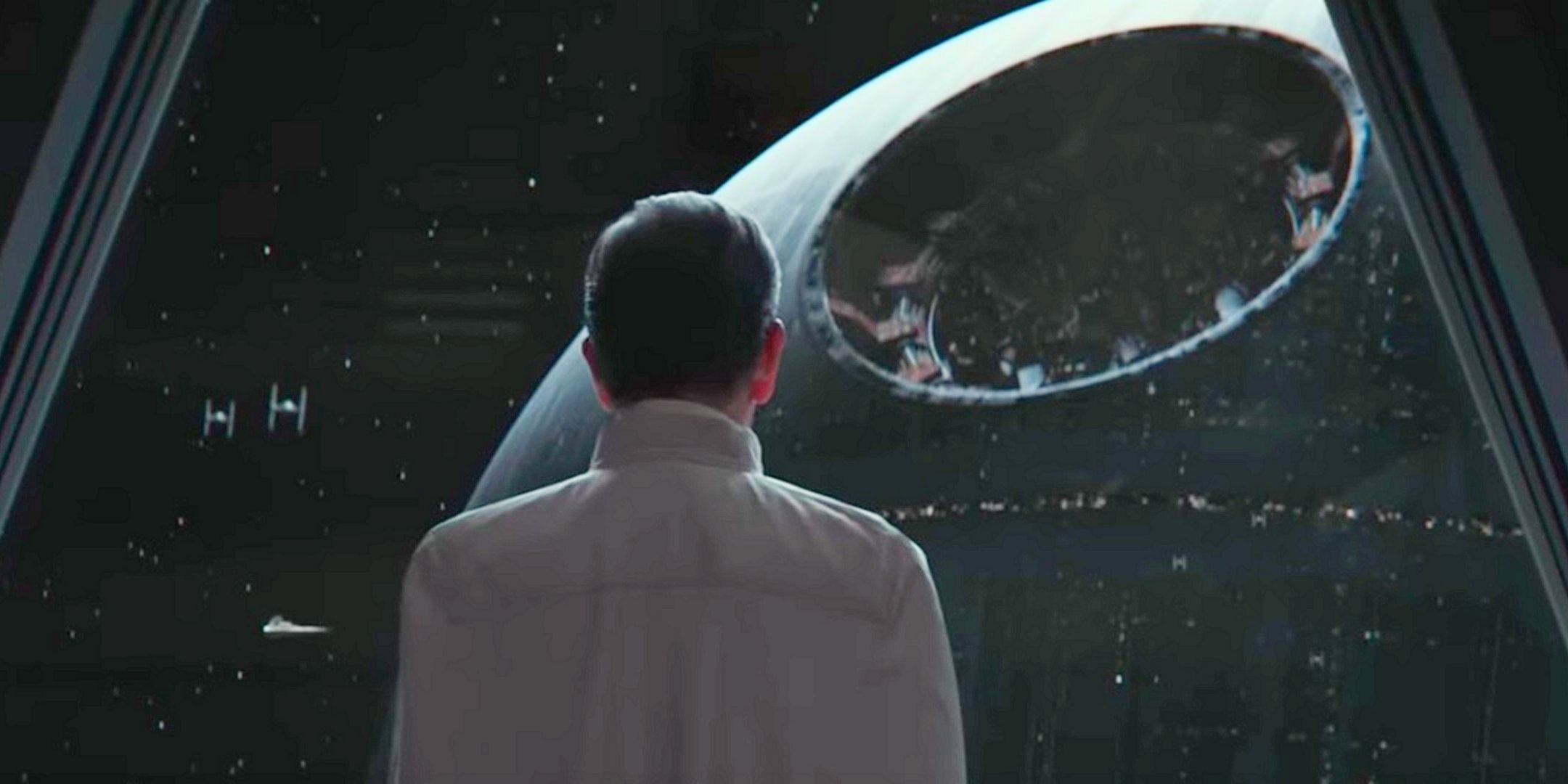
Throughout Season 2, Andor shows similarities between the Rebellion and the Empire, from Luthen’s ruthlessness to the Alliance leadership’s fear and distrust. Despite the moral ambiguity at play, the series finale makes it obvious that Cassian Andor, Mon Mothma, Saw Gerrera and all the rebels are heroes. The clearest delineation between them and the Empire is how their actions, for better or worse, are selfless.
“Selfless act[s] and this family dynamic…is so important…to the foundation of Star Wars. That’s in us…it’s really saying there’s a lot of hope out there. We fundamentally want to be good people. We can all be driven to do terrible things, but we can persevere through selfless action,” Dave Filoni in The Mandalorian Gallery.
When under his control, George Lucas insisted Star Wars appeal to kids first and everyone else second. Setting aside the sheer volume of new stories in this third wave, it’s clear to anyone active in the fandom online that adults needed a show like Andor. There are fans who think the Empire is “good actually.” They misunderstand the central philosophy of things like the Force and the magic-free heroism of everyday people. These themes are buried in subtext in the films and animated series like The Clone Wars and Rebels. Andor makes that moral unavoidable, while also showcasing that even the “dark side” of the rebellion has its merits.
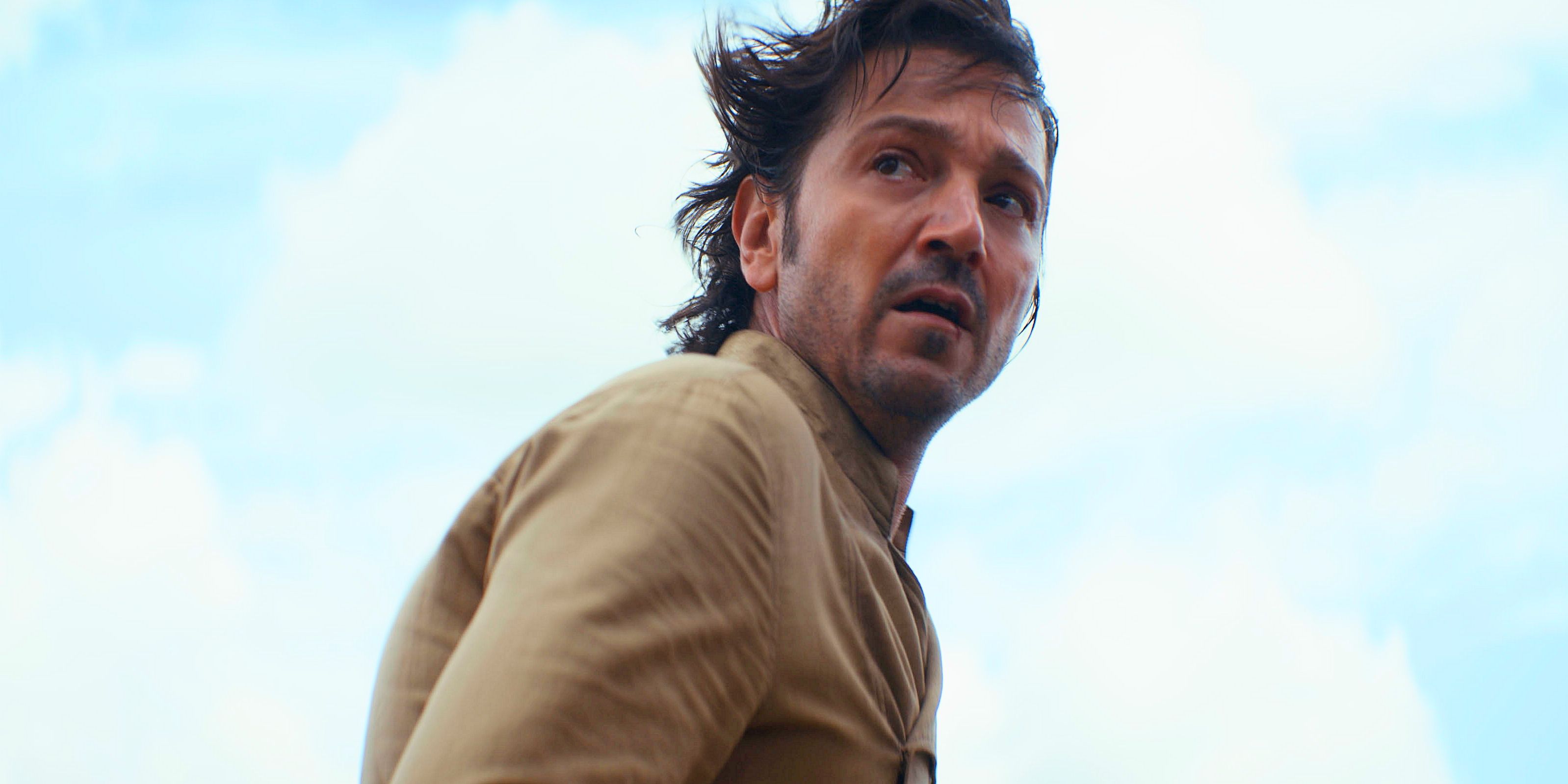
Related
Andor Creator Reveals Surprising Way Iconic Rogue One Line Made It Into the Star Wars Series
Star Wars: Andor creator Tony Gilroy opens up the origins of a major moment in the series' overarching story.
Despite what some of the series’ most passionate fans believe, shows like Andor and Skeleton Crew both have a place in Star Wars. While many shows and films have an all-ages appeal, some projects can more directly appeal to kids or adults. Andor is a powerful part of the Star Wars legacy. Kids should still grow up with the movies and shows (best watched in release order). It’s important to lead with the hopeful, compassionate heroism of earlier stories. Once they are older, stories like Andor and Rogue One can contextualize Star Wars even further. None of these shows or films are in competition with each other. Andor was a gift from Lucasfilm to the fans, and its place in the larger narrative tapestry is no more or less important than any other.
The complete Andor series streams on Disney+ along with the rest of the Star Wars saga of films and television shows.

Andor Season 2, Episodes 10-12
- 2022 - 2025-00-00
- Disney+
- Tony Gilroy
- Directors
- Susanna White
- Writers
- Dan Gilroy
The final trio of episodes in the Andor series delivers a heartbreaking ending to many of the show's characters in both the Rebellion and the Empire. They showcase the depth of despair in these final days of "the Dark Times" for both groups, while still ending on a traditionally hopeful note.
- Franchise(s)
- Star Wars
- Creator(s)
- Tony Gilroy
Pros & Cons
- The reveal of Cassian's child could feel both insufficiently foreshadowed and like a cheap attempt to brighten the dark ending.
- The reasons the Imperials turn on each other are left to subtext, which might confuse viewers because of Andor's explicit application of its political themes.
